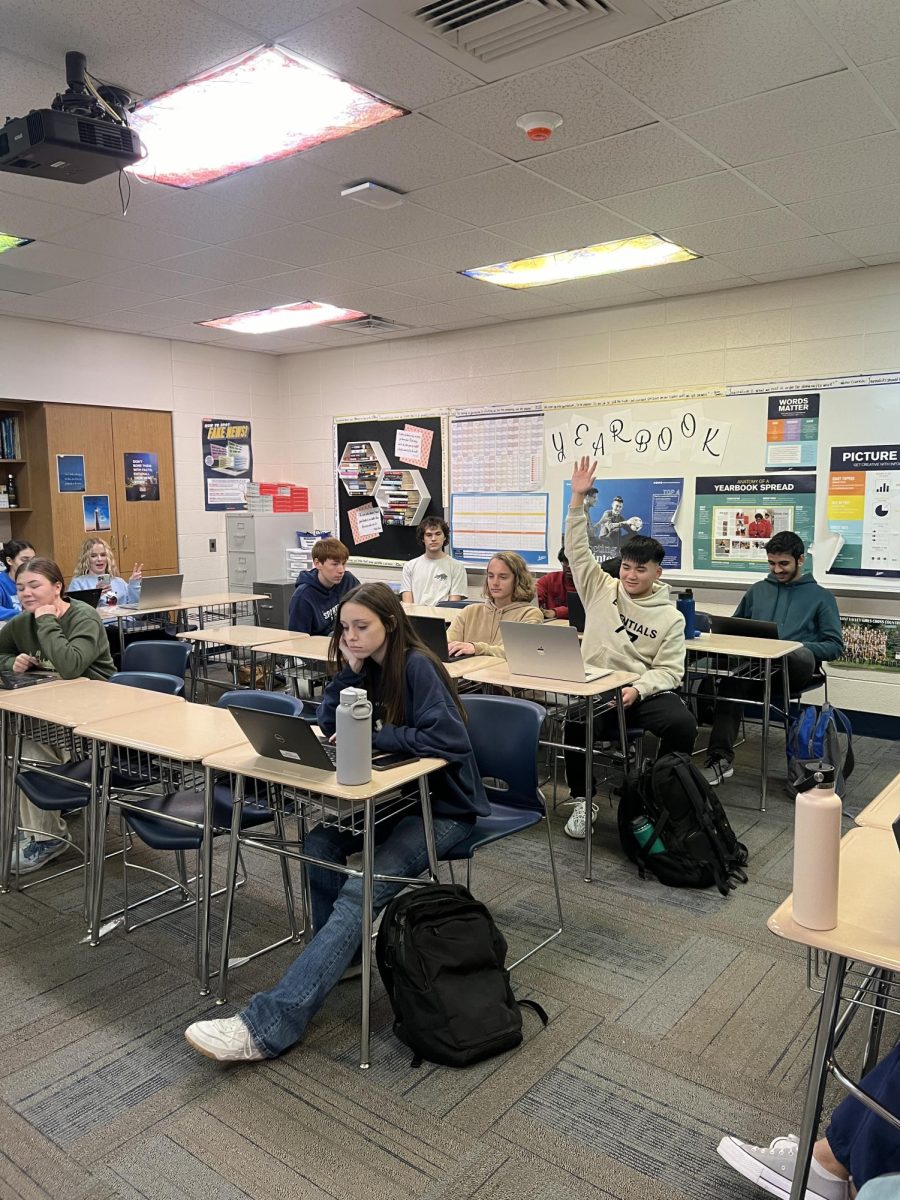Writing a truly great paper can be quite a challenge, especially when it comes to the small details. However, small details can bump a letter grade from a B to an A, and who doesn’t want an A on their paper? Not only are the details a struggle, but starting the paper can be the most difficult part. There are so many factors that can go wrong when trying to cram a paper, so the first step in mastering your next paper is getting started right away–the earlier the better. This seems daunting, but I don’t mean starting the introduction for your actual paper.
The first step to writing a successful paper is jotting your thoughts down and preparing notes, depending on what kind of paper you’re assigned to write. To make the process a little less boring, try color coding your notes. This makes a tremendous difference in that your thoughts will be clear and organized rather than jumbled. You do not want a jumbled paper; teachers will notice. Another method to gathering your thoughts is by making a quick outline of your paper. You don’t have to go crazy with this; simply writing an idea or bullet point for your introduction, body, and conclusion is a way to make sure you will hit every point. It will also make the process go by quick and easy. “Jotting down ideas can help spark more information and improve the paper in the end,” senior Danielle Henricksen states.
Now you can begin your paper (again, depending on the type of paper), and we all know a paper is started by the dreaded introduction. There are a couple common problems students face when asked to write an introduction: either they begin way too abruptly without a smooth transition into the paper, or they attempt the “I am writing this essay about…” All of these are BAD. Although these are common mistakes many students surprisingly make, do your best to avoid them completely. To leave a good first impression, try starting your introduction off with a quote, a question for the reader to consider while reading, statistics regarding the topic you’re covering, etc. These are all considered attention-grabbers, or ways to draw the reader in. Finish off the introduction with your thesis, which should be the premises for your entire paper.
Body paragraphs aren’t as hard. This is where you can become a little more flexible with structure, but there are still some ways to keep it flowing and organized. Andrew Lister, English teacher, states, “Body paragraphs are the meat of your essay. They provide the support for what you want to get across.” Lister also advises, “When writing a body paragraph, be sure to do the following: Don’t cover too many topics at the same time. Choose a topic and support it with research and your own analysis. Be clear from the start what you’re focusing on, which in short means have a topic sentence.” Another pointer to improving that grade is by being passionate in your writing. Even if you aren’t, the least you can do is pretend to be. Just fake it ‘till you make it, and it’s likely your paper will be more interesting to read.
Finally comes the conclusion. You have made it through nearly all of the paper, so surely you can master the conclusion. Just as a reminder, a conclusion is meant for focusing the attention back on your thesis and making it clear and concise what you have either proven or explained in your paper as a whole. Similarly to how you caught the reader’s attention at the beginning of your introduction, now you must leave the reader with something to ponder or inspire them to learn more about. Not only do you need a good beginning, but a fantastic closing. Don’t forget this is the last thing your teacher will read, so leave a good mark and don’t give up!









